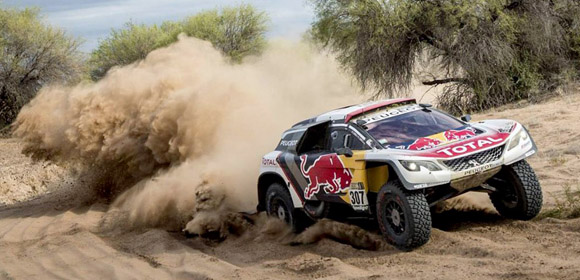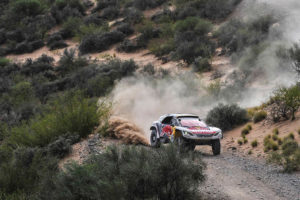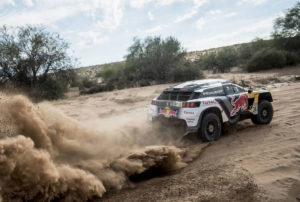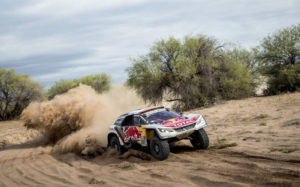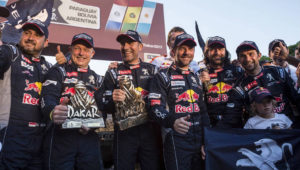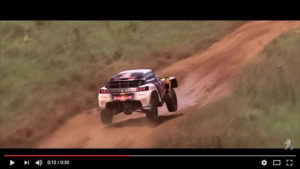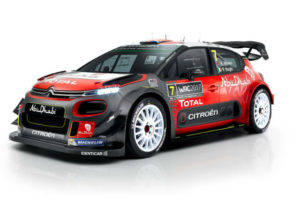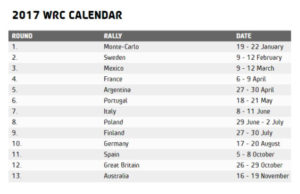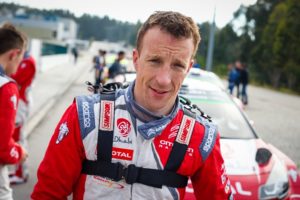Peugeot’s new 3008 DKR scored a one-two-three finish in the grueling 5,600-mile trek of the 2017 Dakar Rally through Paraguay, Bolivia and Argentina.
First place was won by Stéphane Peterhansel who now has 13 Dakar titles to his name, making him the most successful driver in the event’s history. His co-driver was Jean Paul Cottret with whom Peterhansel has scored all seven of his car category Dakar titles.
Despite the duo’s expertise, the event turned out to be a close, drama-packed affair with numerous leader changes. Coming second overall for the second year in a row and posting the highest number of fastest stage times (five from 10) was fellow Frenchman Sébastien Loeb with co-driver Daniel Elena. Their chances of victory took a blow on Day 4, when an engine issue cost them 26 minutes, proving cruelly decisive in the final reckoning.
In third place was Cyril Despres with co-driver David Castera. They also recorded their first fastest time in the car category and even appeared at the top of the provisional leader board at one point.
All raced in the 3008 DKR design derived from Peugeot’s latest 3008 SUV, though the rally version is a very different vehicle. The 3008 DKR is based around a custom frame with a turbocharged 3.0-liter V-6 diesel engine mounted at the rear and rear wheel drive only. With raised suspension and 37-inch tires the 3008 DKR is a rally monster. See it in action here: https://www.youtube.com/watch?v=n0u0f0dxHJc
While Peugeot dominated Dakar, Citroën will return full time to participate in the 2017 World Rally Championship, after taking a year out in 2016 to develop its new car.
The 45th WRC season, organized by the Fédération Internationale de l’Automobile (FIA), is the highest class of international rallying pitting teams composed of drivers, co-drivers and support crew against each other in timed sprints across sections of closed public roads known as special stages. Kris Meeke, Craig Breen and Stephane Lefebvre are scheduled to be driving for Citroën. The rrally drivers must be prepared to drive on gravel, ice, snow, mud, and pavement – often all within the same event and in many instances driving essentially blind with only the co-drivers’ instructions to point them in the right direction. Rally is widely regarded as one of the most challenging motorsports due to the unique terrain that the drivers and cars must tackle.
The 2017 season will see the introduction of a significant new ruleset, designed specifically to invoke memories of the iconic ‘Group B’ era of the mid-1980s, a time when rally teams were allowed to design cars with almost limitless power levels. Group B cars, which included iconic machines like the Audi Quattro and Peugeot 205 T16, were more powerful and faster than F1 cars of their day and sported huge wings, spoilers and scoops and the 80s is widely regarded as rallying’s greatest era. As a result, the 2017 cars will be allowed much more freedom in their design. Maximum power is due to increase from around 300bhp to 380bhp, weight will drop from 1,200kg to 1,175kg and manufacturers will be allowed a full 55mm extra to work with for larger bumpers, wings and wheel arches.
The winning driver this year could well be Citroën’s Kris Meeke.
The Northern Irishman took a year out during 2016 to work with the company to specifically to develop the next-gen C3 WRC, and so it’s Meeke who has spent the most time behind the wheel of their newest car. Add to the fact that he set some stunning times in some of the most notoriously difficult rallies in 2015 he has a serious chance of taking the 2017 drivers’ championship.
